Sei: the fastest Layer 1 blockchain ever
We talk about the benefits of the network that offers a way to solve the scaling problem in the blockchain space
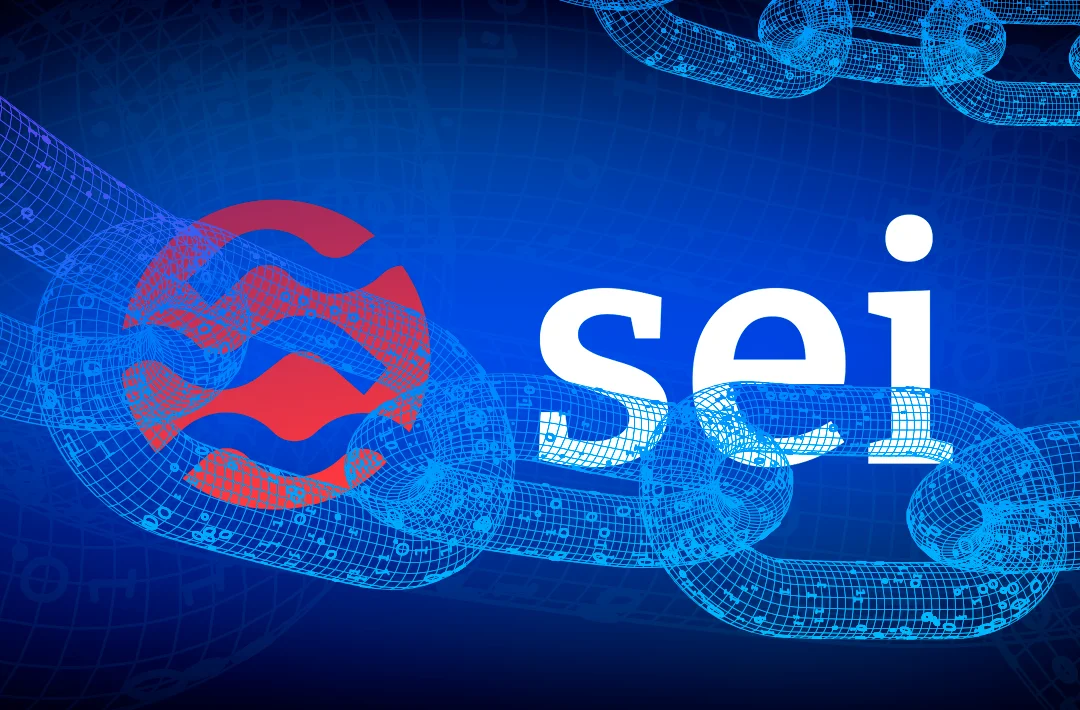
26.11.2024
135
15 min
0
Sei Network is a Layer 1 (L1) blockchain developed by Sei Labs to solve a number of problems in the field of cryptocurrencies and decentralized finance (DeFi). A Layer 1 blockchain refers to an independent network that does not depend on other networks for its operation. It provides a platform for creating and executing various applications, smart contracts, and token exchanges.
Содержание:
- History of Sei’s creation
- Sei’s goals and mission
- Sei’s technical specifications
- Sei tokenomics
- Sei ecosystem and use
- Sei’s features
- Sei’s competitors
- Potential problems that Sei may face
- Conclusion
Sei is based on the Cosmos SDK and uses the Limit Order Book (CLOB). In the Cosmos ecosystem, the Sei Network serves as a decentralized financial infrastructure by supporting the IBC cross-chain communication protocol. Any Cosmos-based decentralized applications (DApps) can use its IBC features.
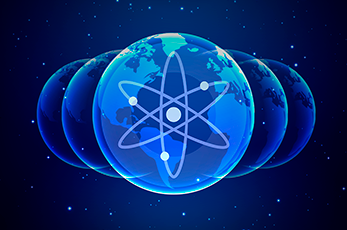
Sei’s main purpose is to provide high-speed transactions and improved scalability. Unlike many other blockchains, Sei aims to optimize performance for decentralized exchanges (DEXs) and financial platforms. This means users can transact faster and with lower fees.
Sei technology also reduces the risks of centralized control and improves transaction security. This is achieved through a decentralized architecture and the use of innovative consensus algorithms.
As a result, Sei is a powerful and efficient platform for developing a new generation of decentralized financial applications, providing reliability, and accessibility to a wide audience.
| Title | Sei |
| Year of launch | 2022 (testnet), August 23, 2023 (mainnet) |
| Native token ticker | SEI |
| Issuance | 10 billion SEI |
| Эксплорер | Sei Trace |
| White Paper | GitHub |
| Developer website | Sei.io |
| Official social networks | |
| Where it is traded | On centralized exchanges |
History of Sei’s creation
Sei was created to address the current challenges faced by existing blockchains, especially in the realm of DApps. The idea to develop Sei came from the desire to improve the speed and scalability of transactions, as well as improve the security and efficiency of financial platforms.
There are no official details about the team on the project’s website. The first mentions of the new blockchain system appeared in the spring of 2022, but specific details were not mentioned. In the summer, the financial publication Bloomberg provided some information about the first venture capital investments in this project. Jayendra (Jay) Jog and Jeffrey Feng were listed as the creators of Sei.
At the time of launching the new crypto startup, Jay Jog already had more than five years of experience as a crypto engineer on the team of brokerage platform Robinhood. In that role, he met financier Jeffrey Feng, who was raising external capital.
In 2022, Jog and Feng joined forces to create a new network, which they named Sei Network and the company Sei Labs. In August of that year, the project received a $5 million seed investment from Multicoin Capital, Coinbase Ventures, and GSR.
In 2022, the Sei team unveiled the first version of the network, which helped attract investors and developers. The mainnet was launched on August 23, 2023. Since then, Sei has continued to grow aggressively, attracting new partners and innovating to improve its platform. The constant pursuit of improvement makes Sei an important player in the world of decentralized finance and blockchain technologies.
Sei’s goals and mission
The main goal of Sei is to create a high-performance, secure, and scalable network for DApps and DEXs. The network tries to solve several problems faced by traditional blockchain networks at once:
- Transaction speed: Modern blockchains often have low throughput, resulting in delays and high fees. Sei utilizes advanced algorithms and architecture to ensure high transaction speeds.
- Scalability: With the increasing number of users and applications, blockchain networks have difficulty handling large amounts of data. Sei is designed to scale and support more applications and users.
- Security: Security remains a critical issue for all blockchain platforms. Sei implements advanced cryptography techniques and consensus mechanisms to ensure a high level of data and transaction security.
- Decentralization: Central servers and controlling organizations create additional risks. Sei provides a fully decentralized architecture that minimizes the likelihood of failure or interference.
By realizing these objectives, Sei aims to become the leading blockchain platform for decentralized financial solutions, providing users and developers with an innovative and reliable technology solution.
Sei’s technical specifications
The Sei blockchain uses a unique Twin Turbo consensus mechanism that allows transactions to be completed in 500ms on average, and 300ms at best. This figure is ten times faster than its competitor, Solana L1 blockchain. Twin Turbo is built on the Cosmos SDK and Tendermint Core and is capable of processing up to 22 000 transactions per second (TPS).
Sei’s blockchain architecture was designed to maintain high performance and decentralization. Each node in the network performs critical transaction validation and propagation functions, which balances the load and reduces bottleneck risks. The architecture supports modular expansion, allowing new features and improvements to be added without significant infrastructure change costs.
One of the main advantages of Sei is its high transaction speed. Traditional blockchains often face latency issues, especially at high loads. Sei solves this problem by optimizing data validation and recording processes. The network is capable of handling thousands of TPS, making it one of the fastest in the industry.
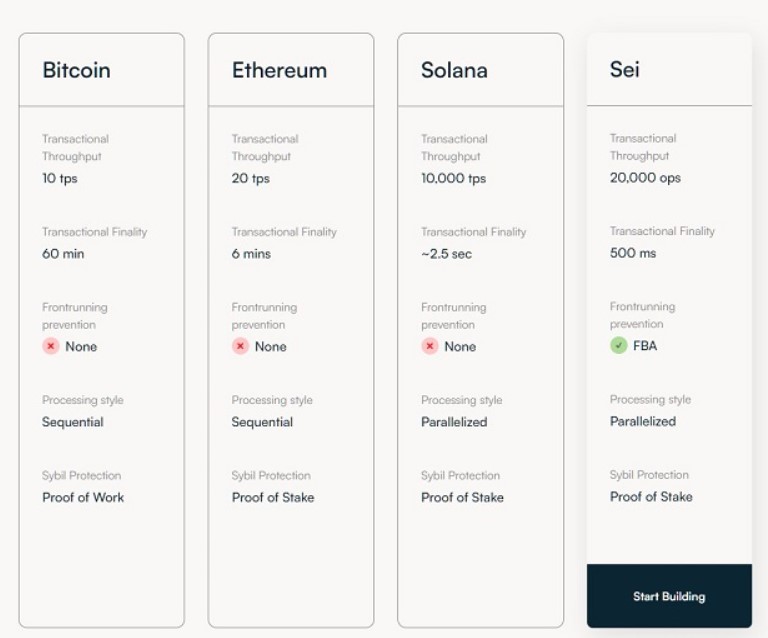
Scalability is another significant characteristic of Sei. Unlike many other blockchains that are struggling with increasing data volume and number of users, Sei is performing well. By utilizing sharding technology and modular architecture, Sei can efficiently handle the growing volume of transactions and data, keeping the network stable even under high loads.
The combination of these technical features makes Sei an attractive platform for developers and users seeking high speed, scalability, and reliability in decentralized finance and other blockchain applications.
Sei tokenomics
The SEI token is a core element of the Sei ecosystem and performs several key functions in the network. The SEI token is used to pay transaction fees, participate in consensus and staking mechanisms, and for governance, participate in votes to improve the network. It provides an economic motivation for participants to maintain the security and stability of the network.
As of November 2024, the number of tokens in circulation is 4,25 billion SEI, with a maximum issuance of 10 billion SEI. The limited supply helps control inflation and maintain price stability.
Since the launch and up to the present time, a gradual distribution of tokens among the network participants through unlocking (withdrawal from the freeze) is envisaged. This avoids sudden price fluctuations and allows for a smoother growth of the ecosystem.
At the time of writing, the price of the token is $0,6116. The asset ranks 60th in the ranking of cryptocurrencies by market capitalization, with a figure of $2,6 billion. Over the past month, it has risen in price by 65%.
The SEI cryptocurrency reached its all-time high (ATH) on January 4, 2024, at $0,87.
The distribution of the SEI token supply involves several stages, including initial distribution to founders and early investors, issuance of tokens through staking mechanisms, and rewards for network participation:
- 48% — Reserve aimed at developing the Sei network ecosystem.
- 20% — Team of co-founders and platform developers.
- 20% — Investors of the private sales round.
- 9% — SEI Foundation.
- 3% — Other.
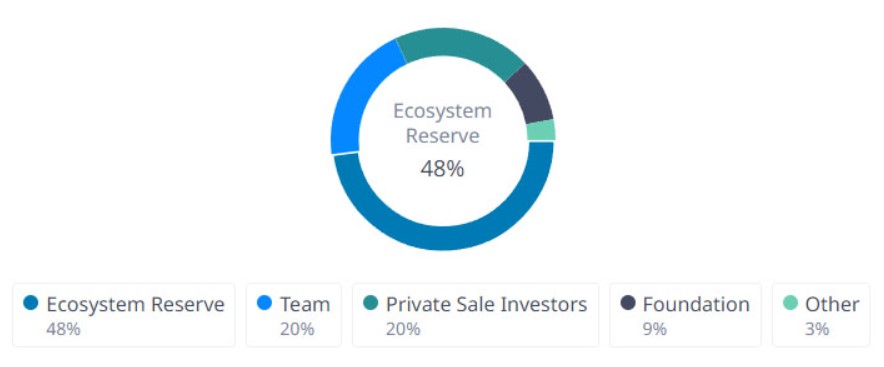
There is also a mechanism to burn tokens for additional supply control. Under this mechanism, a portion of transaction fees can be eliminated, which helps to reduce the total number of tokens on the market and potentially increase their value.
Sei’s tokenomics is designed to ensure the sustainable growth of the network by incentivizing active user participation and maintaining high token liquidity in the market. Through a balanced approach to token issuance and distribution, the Sei network provides a reliable and stable solution for all participants in the ecosystem.
Sei ecosystem and use
Although the Sei network was launched relatively recently, its ecosystem includes dozens of DApps, DeFi protocols, GameFi projects, and NFT marketplaces. The blockchain is used by:
- Dagora is an NFT marketplace with support for several networks, including Polygon, BNB Chain, and Solana.
- SushiSwap is a DEX with a total value locked of $9 billion at its peak.
- Pyth is a pricing oracle that works with numerous major partners, including market makers Amber and Wintermute.
- Vortex is a perpetual contracts platform built directly on Sei.
- Pharaoh Protocol is a DeFi protocol for synthetic assets based on Sei.
- Kyve is a blockchain system that provides standards, authentication, and permanent storage of data streams.
- UXD is a stablecoin project based on the Solana platform.
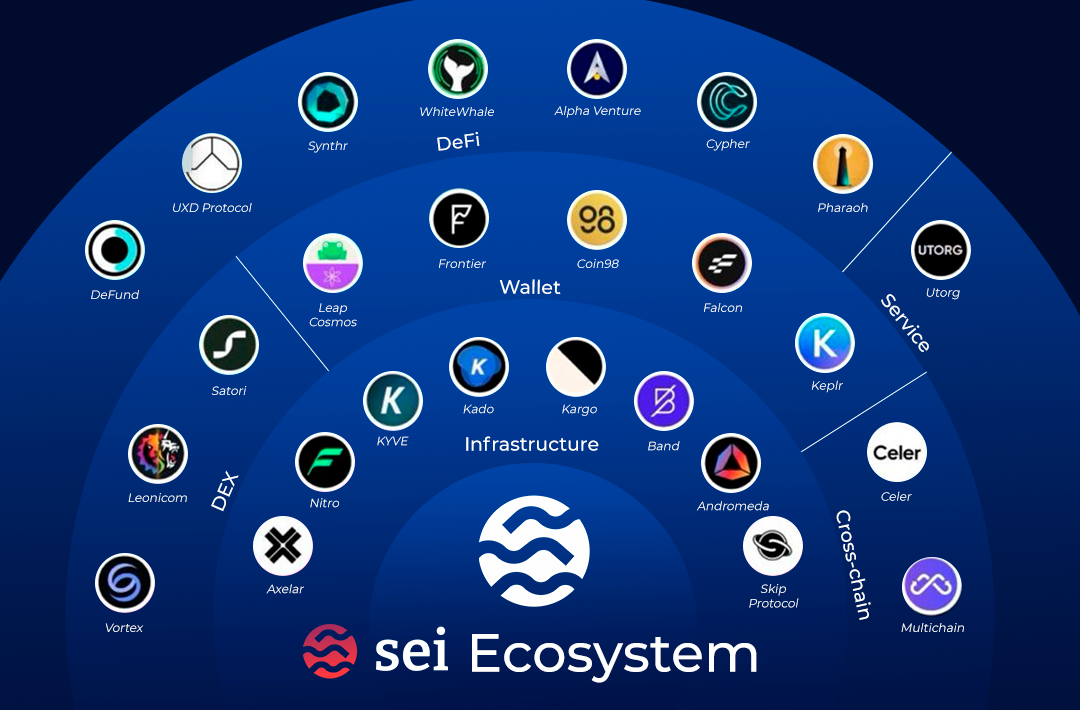
Sei’s features
The project team has developed a sophisticated technological product that differs from other blockchains due to a number of features:
- Order matching mechanism. This principle allows application developers, such as DEXs, to efficiently adapt to increased demand. This ensures that protocols do not slow down or freeze during periods of high activity.
- Interface protection using zero-knowledge (ZK) elements. This feature helps prevent attacks from malicious attackers.
- Simultaneous processing of multiple orders during block formation. This is one of the central features of the project’s protocol technology.
- Twin-Turbo block confirmation algorithm. The name already indicates a two-part structure. The first part includes intelligent block allocation and operational chain creation. In this process, cells are confirmed “in bulk” using Optimistic Rollups scaling technology. Batch processing increases the network’s speed during chain formation. A similar approach is implemented in the Optimism and Arbitrum L2 networks.
Network performance is one of the important features of the network, which is driven by several factors including high transaction rates, minimal latency, and efficient task distribution among nodes. These factors ensure reliable performance for both individual users and large DApps. Maintaining a high level of performance is aided by constant upgrades and improvements to the network infrastructure.
Sei’s competitors
Some L1 blockchains can compete with Sei through ingenious solutions to provide high speed and support a variety of applications. Sei has several key competitors: Sui (SUI), Celestia (TIA), and Kaspa (KAS).
- Sui (SUI): The platform offers a unique architecture and powerful functionality. It is developer-centric and offers a flexible ecosystem for building DApps. Sui utilizes the Move programming language, which allows for more secure and efficient management of smart contracts. This technology makes the project attractive to developers looking to create innovative solutions.

What you need to know about the Sui blockchain?
We talk about the prospects for an innovative, high-throughput Layer 1 blockchain platform
- Celestia (TIA): The platform offers an innovative solution to scalability challenges by utilizing a multi-layer system concept that enables efficient processing of data and transactions. Celestia optimizes data handling and reduces network load.
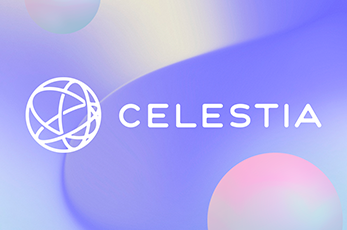
What is Celestia? The first modular blockchain in the crypto industry
We talk about an innovative project with sustainable tokenomics
- Kaspa (KAS): Utilizing the concept of “blocks within blocks,” Kaspa offers a unique architecture that allows it to process transactions at exceptional speed. This technology makes Kaspa an excellent choice for projects requiring high performance and low latency.
|
Sei |
Sui |
Celestia |
Kaspa |
|
|
Blockchain |
Sei Network (based on Cosmos SDK) |
Siu |
Celestia (based on Cosmos SDK) |
Kaspa |
|
Consensus algorithm |
Twin-Turbo Consensus |
Delegated Proof-of-Stake |
Optical-Proof-of-Work |
|
|
Transaction processing speed |
Up to 22 000 TPS |
Up to 120 00 TPS |
The network does not verify transactions as in traditional blockchains, so its throughput is not limited by state validation. |
Up to 400 TPS |
|
Token issuance |
10 billion |
10 billion |
1 billion |
25,2 billion |
Potential problems that Sei may face
Despite the bright prospects, Sei is not immune to risks. One of the main factors affecting the project is high competition. Sui, Celestia, and Kaspa have their own unique offerings and tools that can attract the attention of users and developers. Sei needs to provide unique features that differentiate it from other projects.
In addition, security remains an important issue for Sei. Every interaction on the blockchain carries risks, and decentralized networks can be a target for attackers. The project must implement up-to-date security measures and keep an eye out for new threats. Critical errors in code or poor governance can lead to serious consequences. Developers need to conduct regular audits and testing to minimize the likelihood of vulnerabilities.
The Sei team should also be mindful of potential regulatory issues. The blockchain industry is under constant scrutiny by authorities in various countries. Changes in legislation may affect the platform’s operations, requiring rapid adaptation. The need to constantly monitor and take these factors into account can be a significant burden for the company.
Conclusion
Blockchain Sei is a promising technology that has the potential to change the approach to creating and implementing decentralized applications. The project must consider the risks and challenges accompanying the development of blockchain technology to achieve its goals. The direction of Sei’s future development depends on the team’s ability to adapt to ever-changing market conditions and user needs. Successfully integrating new technologies and strengthening collaboration with third-party projects can help Sei take its place in the multifaceted and dynamic blockchain ecosystem.
Blockchain has ambitious plans for the future. The project team is actively working to improve its technological base and expand its functionality. An important step forward is the integration of overdrafts and the improvement of the user interface, which will make interaction with the platform more intuitive and accessible.
Ultimately, the future of Sei, like any other blockchain, is full of uncertainty, but with the right strategy and attention to the needs of the community, the project can become a successful player in the blockchain arena.
Useful material?
Basics
Why Satoshi Nakamoto’s technical manifesto for a decentralized money system matters
Oct 31, 2022
Basics
Experts evaluated the development prospects of the new ecosystem and the investment attractiveness of its token
Oct 20, 2022
Basics
How to track fluctuations correctly and create an effective income strategy
Sep 13, 2022
Basics
Review of the most profitable offers from proven trading platforms
Aug 29, 2022
Basics
The Ethereum Foundation team has published a breakdown of major misconceptions about the upcoming network upgrade
Aug 18, 2022
Basics
What benefits the exchange offers, and what else is in the near future
Aug 4, 2022









 Telegram
Telegram  Twitter
Twitter